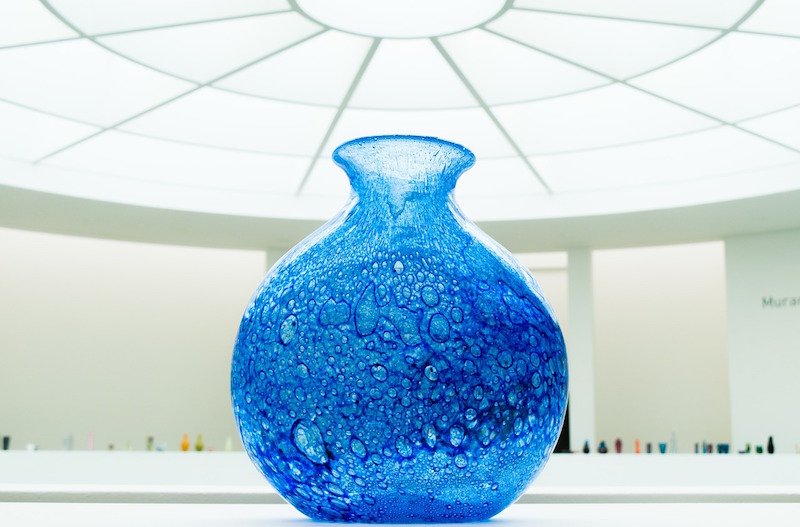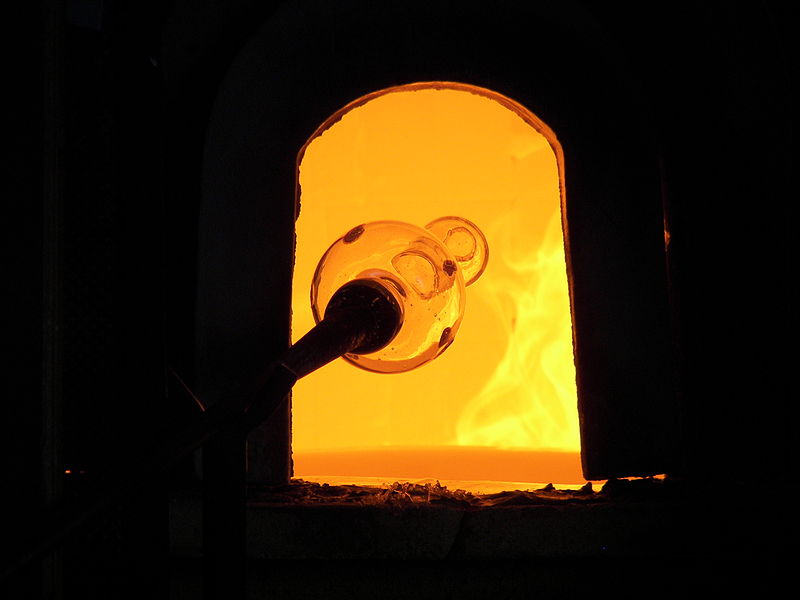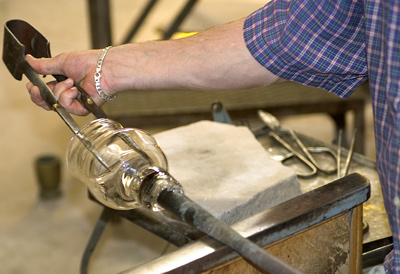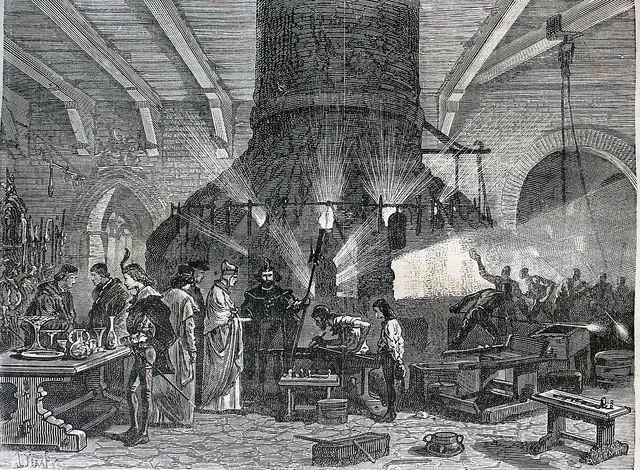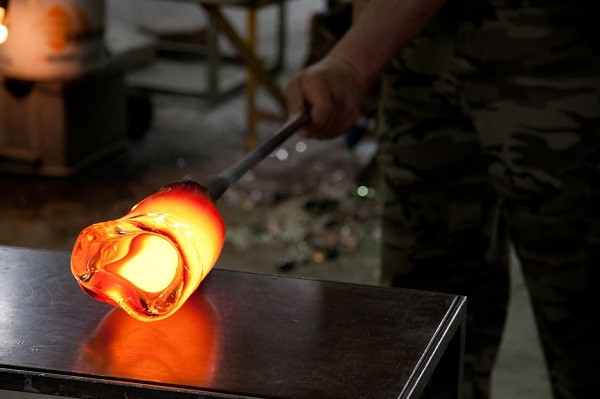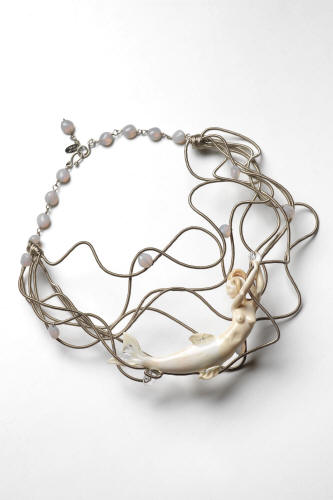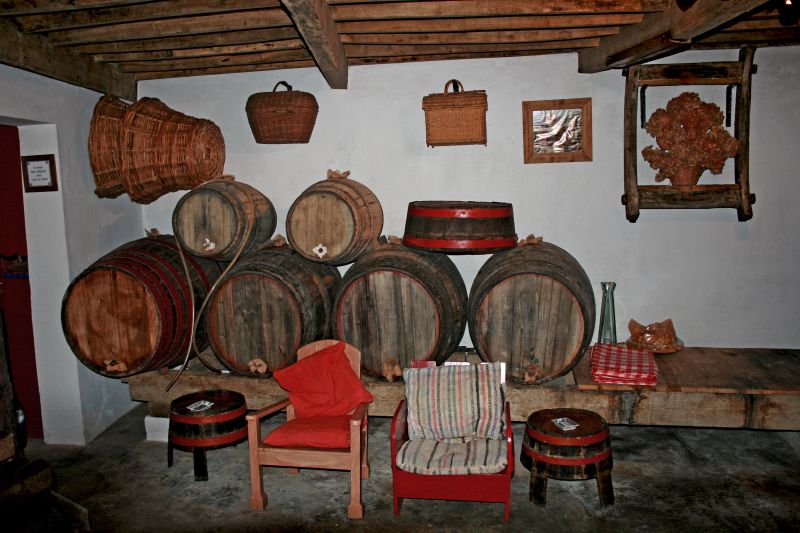Venetian Glass: The Delicate Art – Part I
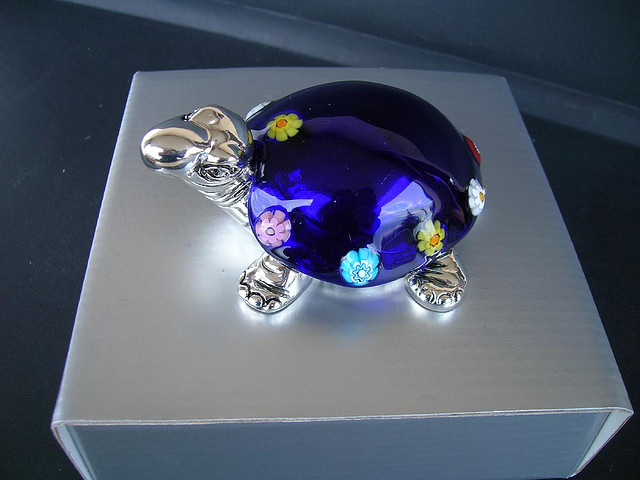 A Murano glass creation (Rosanna Galvani/flickr)
A Murano glass creation (Rosanna Galvani/flickr)“The best glass in our time, that of greater beauty, more varied coloring and admirable skill is that made in Murano. It comes in all shades and its clarity and transparency are just like those of true and natural crystal. It is often decorated with fine paint colors and enamels. It really seems to me that all metals are second to glass in beauty: look at rosaries, salt cellars or drinking goblets where you can see the intertwining designs of branches and thorns.
Of this type of glass are also made those very fine enamels used to create false emeralds, diamonds, rubies and all other gems, of any color whatsoever. I have myself seen some that, even when examined by the eye of very experienced men, could not be distinguished from real ones.
The effects of glass are all marvellous. However, glass has a brief and short life and it cannot and should not be given too much love. It must be, however, a reminder of the frailty and transitory nature of all that is beautiful, including human life.
The Pirotechnia of Vannoccio Biringuccio, Venice 1540″
The fascination with Venetian glass has existed since its creation as an art form. It has grown to mythic proportions as the world as a whole has come to appreciate the glory of Venetian glass. But Murano was not the only area that produced art glass.
Why then, is the glass of Murano prized above all others?
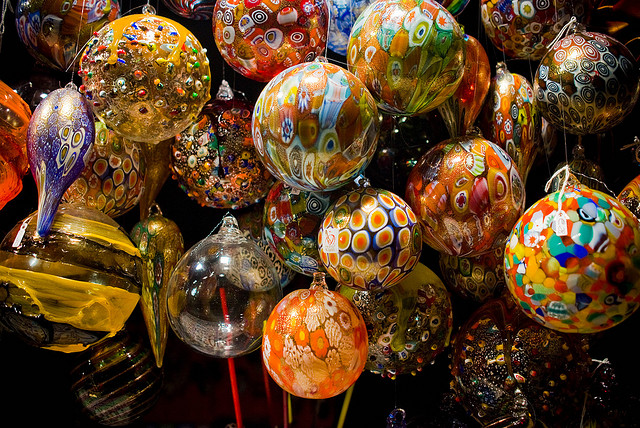 Murano glass Christmas ornaments (Juliette Gibert/flickr)
Murano glass Christmas ornaments (Juliette Gibert/flickr)
To answer this question we must first explore what gave Murano the ability to become a hotbed of glass making activity.
Murano was a popular tourist destination for both the affluent and the middle class during the Renaissance. Travelers came not only to visit the glass workshops, but also to view many of the religious relics in the area, and as a stop through on their way to the Holy Land. Like most of Italy, Murano was experiencing economic turmoil in this time period due to a population swell that occurred post plague. As more people flooded the area an increased demand for goods and services lead to an improvement in economic status for the region.
An affluent middle class of merchants, bankers, and tradesmen developed, leading to increased consumption of luxury goods such as glass. Glass, at the time, was a novel possession. It was more cost effective than items made of precious metals while at the same time beautiful and impressive for display. Glass not only provided functionality in the form of kitchen wares but also could be used to convey status and wealth in the form of luxury glass. With the benefit of tourism and the ability to produce quality, technologically advanced goods, Murano became the epicenter of the glass making industry and Venetian glass the epitome of fine glassware.
Venice was home to a very detailed system of glass guild workers. Each worker was bound by a set of guild restrictions that limited production and distribution of finished goods and raw materials, travel outside the city, and provided guidelines for customer interaction. Guild members could be part of any number of specialized activities involved in the final production of the glass and this division of labor led to an increase in productivity and quality of work. The island Murano, itself, enjoyed special governmental protections due to the proliferation of its glass making industry and was annexed to become part of the city of Venice.
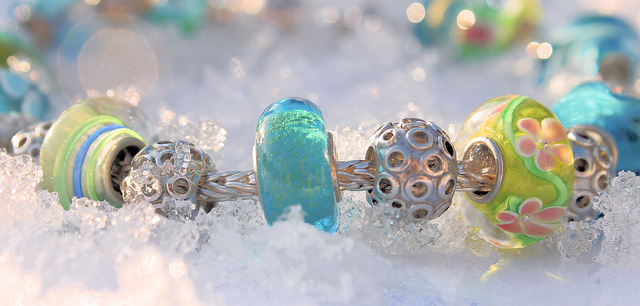 A necklace made with Murano glass beads (yummy beads/flickr)
A necklace made with Murano glass beads (yummy beads/flickr)
Some of these rights included the ability for daughters of glass makers to marry into noble families, thus making a leap in economic and social status possible for industry workers. Connections to important families not only helped individuals increase in status, but gave the glass workers, guilds, and studios powerful political allies and sources of investment. And while the guilds officially did not have power within the government they did exert much political force not unlike the unions of today.
Most people will attest that the drawing factor of Venetian glass is the quality of the workmanship displayed by the pieces. Unfortunately, this leads some to belief that it is only the physical creation of the final glass piece that matters in the quality of an object. This however, is not the case. Glass is an evolving art. From conception to creation every stage lends to beauty of the final piece. The materials and techniques involved in manufacturing the raw glass itself are just as important to the final appearance of the piece as the firing and shaping of each piece of glassware.
By Jamie Sue Austin
See also:
A History of Murano Glass part II
A History of Murano Glass part III






